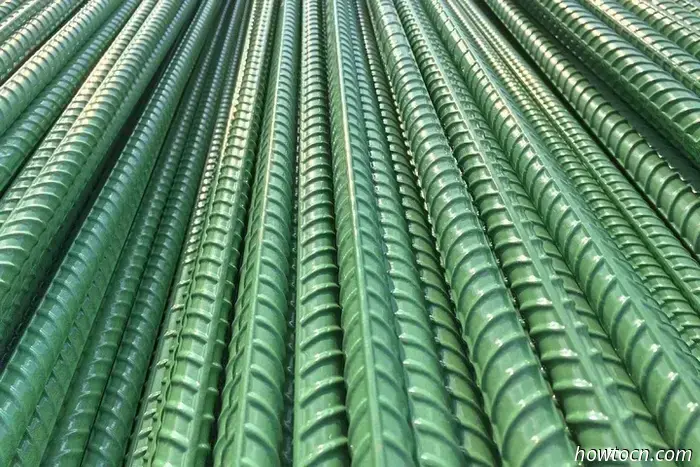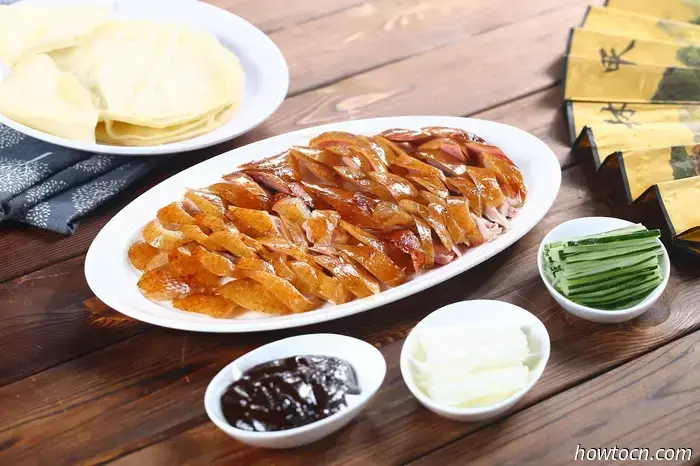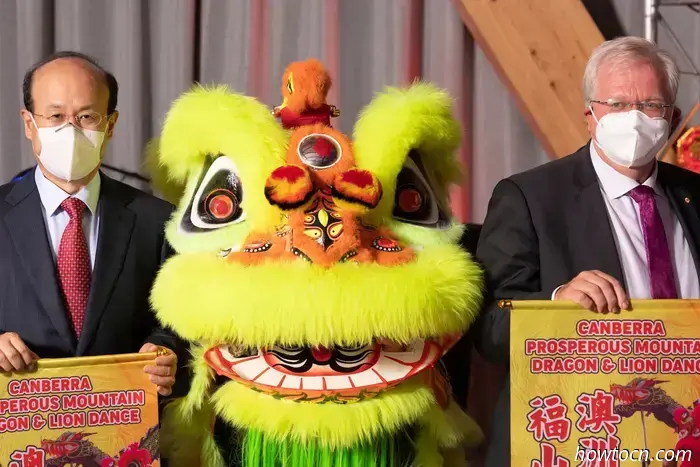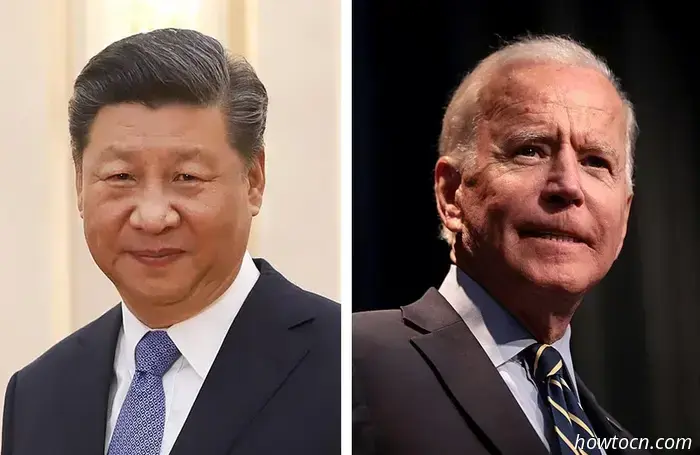
In June 2022, the Chinese Ministry of Ecology and Environment, along with sixteen other government departments, released the ‘National Climate Change Adaptation Strategy’. This document outlined a plan for the People’s Republic of China (PRC) to establish a ‘climate-resilient society’ by 2035, stressing the importance of adaptation and mitigation, particularly through reducing emissions via new technologies and renewable energy sources.
This Strategy surfaced less than two years after President Xi Jinping announced the PRC’s targets for 2030-2060, reinforcing China's commitment to its decarbonisation objectives. It stated that CO2 emissions in China would peak before 2030 and that the nation aims for carbon neutrality before 2060.
The iron and steel sector, which is the second-largest carbon emitter in China, contributes approximately 17 percent of the country's total emissions. Scientists and policymakers promote ‘green steel’, produced using carbon-free reductants like hydrogen (a renewable energy source) rather than coal, as a viable global solution for lowering carbon emissions. Although transitioning to greener steel production is a gradual process that involves expensive changes in the industry, it is expected to significantly affect Australia’s export sector.
Decarbonising the Steel Industry
Implementing low-emission technologies is just one of three key strategies that the PRC has adopted to expedite the decarbonisation of the steel industry.
Reduced production leads to decreased emissions. In the early 2010s, China tackled the problem of oversupply by shutting down steel mills that did not comply with emission and energy consumption standards. In 2018, the Ministry of Industry and Information Technology (MIIT) introduced ‘capacity replacement’ regulations, stipulating that a new steel mill could only be built if its capacity was less than 80 percent of the mill it replaced. Consequently, new steel mills must produce less.
Since the announcement of the 2030-2060 targets in September 2020, the steel sector has made additional efforts to lower steel production. In 2021, China's crude steel output was 1.03 billion tons, marking a 3 percent decrease from the previous year—the first decline in six years. In the first five months of 2022, steel output dropped by an additional 3.81 million tons, or 8.7 percent year-on-year.
To further decarbonise the steel industry, China intends to increase the use of recycled scrap steel as feedstock in lieu of iron ore. Scrap steel is sourced from various places, including waste from the steel industry and outdated materials such as railroad tracks, ships, cars, and steel cans. Despite this, the proportion of crude steel production from scrap steel in China is still relatively low compared to other major steel-producing regions like the European Union and the United States, where scrap steel represents half of total production. Nevertheless, changes are occurring swiftly. In 2020, China used 220.3 million tons of scrap, accounting for 20.7 percent of its crude steel production and replacing 410 million tons of iron ore. The lifting of China's ban on scrap steel imports in January 2021 indicates an increase in domestic demand for recycled steel. Experts forecast that China's domestic scrap steel resources will grow by around 500 million tons over the next thirty years, primarily sourced from the disposal of steel-containing products.
Hydrogen-based Steelmaking Progresses Slowly and With Costs
Hydrogen can be utilized in steelmaking in two ways: as an auxiliary reducing agent injected into a blast furnace (termed H2-BF), or as the primary reducing agent in a method known as direct reduction of iron (H2-DRI). While the former has potential, hydrogen's cooling effect limits injection rates (the amount of hydrogen injected per minute), resulting in only a 15 percent reduction in emissions. The latter method requires high-grade iron ore with an iron content of 67 percent or more, which is limited in supply and often expensive to obtain.
In January 2022, the Ministry of Industry and Information Technology, the National Development and Reform Commission, and the Ministry of Ecology and Environment jointly published the ‘Guiding Opinion on Promoting High-Quality Development of the Iron and Steel Industry’. The guidance outlined that the steel industry should allocate 1.5 percent of its profits to the development of green technologies, including the incorporation of hydrogen in steel production. This marks the first instance of hydrogen-based steelmaking being formally recognized in national policy.
While major state-owned companies like Baowu Steel and Ansteel Group have begun trialing hydrogen-based steel production, this does not imply that China is fully transitioning into a new era of carbon-free steelmaking. The transition to hydrogen necessitates a complete overhaul of the steel industry and its supply chain, affecting everything from production to distribution.
At present, over 92 percent of steel in China is still produced through blast furnace-basic oxygen furnaces (BF-BOF), utilizing coking coal as both

Beginning at the Great Wall and concluding with a nightcap at a bar with views of the Forbidden City, Preston Thomas' 24 hours in Beijing are filled with a diverse range of experiences.

To celebrate the Lunar New Year, we reached out to influential figures in the capital to find out how they would spend 24 hours in Beijing.

The year 2021 witnessed a series of notable celebrity cancellations, such as actor Zhang Zhehan, known for the popular danmei 耽美 (Boys' Love) series Word of Honor, pop star Kris Wu 吴亦凡 who was detained on allegations of rape, and actress Zheng Shuang 郑爽 who faced penalties for tax evasion. The emergence of this heightened culture of celebrity cancellations in China is not solely driven by authentic social sentiments or the tightening control of the Party-State; instead, it is fueled by an increasingly competitive industry with monopolistic influence that spans social media platforms, streaming and video-sharing services, along with state-run media.

Biography of Xiao Qian: The New Chinese Ambassador to Australia and His Role in China-Australia Relations

Ngan Shun-kau, the ex-Red Guard leader who has become a literary editor, interprets the significance of the two Chinese proverbs referenced by Xi Jinping and the Ministry of Foreign Affairs in relation to the Russia-Ukraine conflict.
-for-the-CNY-Holiday-2025.png)
If you intend to be in Beijing during Spring Festival, you might be curious about which places will be open during the holiday.
China's iron and steel sector ranks as the second largest carbon emitter, contributing roughly 17 percent of the nation's total emissions. Scientists and policymakers advocate for 'green steel,' which is produced using carbon-free reductants like hydrogen—instead of coal—as a global strategy to lower carbon emissions. Although transitioning to more sustainable steel production in China will take time and involve significant investment in the industry, it will significantly influence Australia's export market.